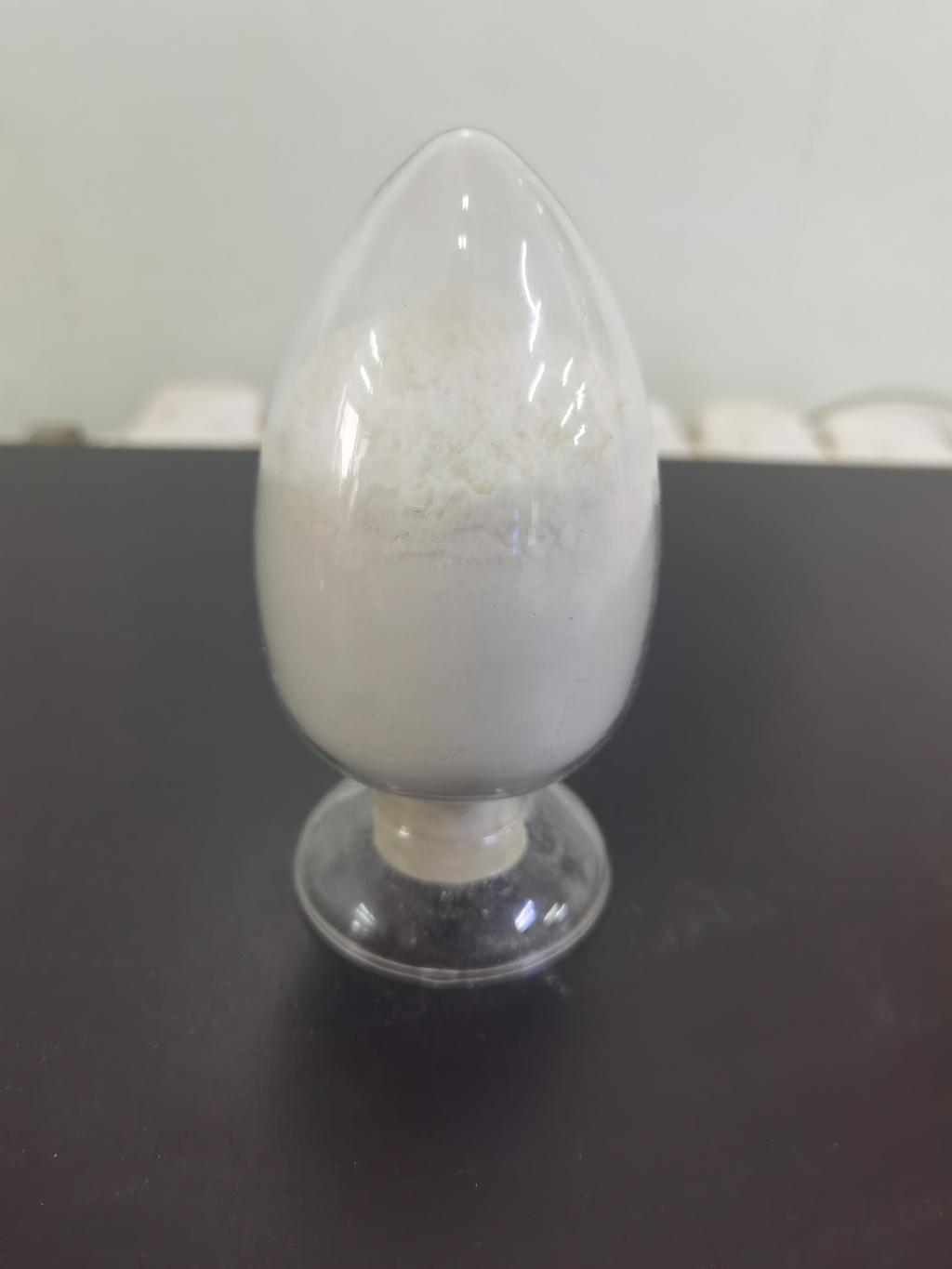Tel:0086 18231198596

News
Current Position:
Home >
News
>ε-Polylysine Hydrochloride in Pharmaceuticals: A Progressive Preservative
ε-Polylysine Hydrochloride in Pharmaceuticals: A Progressive Preservative
TIME:2024-01-09
Unveiling ε-Polylysine Hydrochloride:
ε-Polylysine hydrochloride is a cationic homopolymer composed of lysine residues linked by peptide bonds. It is naturally produced by certain strains of bacteria, particularly Streptomyces albulus. The unique structure of ε-Polylysine contributes to its antimicrobial properties, making it an attractive candidate for pharmaceutical preservation.
Mechanism of Action:
The antimicrobial activity of ε-Polylysine hydrochloride is attributed to its interaction with bacterial cell membranes. The cationic nature of the polymer allows it to bind to the negatively charged bacterial cell surfaces, disrupting membrane integrity. This interference with bacterial cell structure impedes growth and replication, rendering ε-Polylysine an effective preservative against a broad spectrum of microorganisms.
Applications in Pharmaceuticals:
The applications of ε-Polylysine hydrochloride in the pharmaceutical industry are diverse. It is commonly used as a preservative in liquid formulations, such as oral solutions, injectables, and topical medications. Its compatibility with various pharmaceutical ingredients and its ability to inhibit the growth of bacteria and fungi make it a versatile choice for enhancing the stability and shelf life of drug products.
Preserving Efficacy and Safety:
Preservatives in pharmaceuticals play a crucial role in maintaining the efficacy and safety of drug formulations. ε-Polylysine hydrochloride offers a valuable solution by providing effective microbial control without compromising the stability or therapeutic properties of pharmaceutical products. Its use allows for the preservation of multi-ingredient formulations, preventing microbial contamination during storage and use.
Overcoming Challenges in Traditional Preservatives:
Traditional preservatives in pharmaceuticals often face scrutiny due to concerns about safety and potential side effects. ε-Polylysine hydrochloride, being a naturally derived biopolymer, presents a compelling alternative to some synthetic preservatives. Its biocompatibility and low toxicity profile contribute to addressing consumer and regulatory demands for safer pharmaceutical formulations.
Enhanced Stability and Shelf Life:
Pharmaceutical formulations are susceptible to microbial contamination, which can compromise their stability and shelf life. ε-Polylysine hydrochloride acts as a protective shield, extending the longevity of drug products by inhibiting the growth of bacteria and fungi. This not only reduces the risk of spoilage but also ensures that pharmaceuticals remain potent and effective throughout their intended shelf life.
Regulatory Approvals and Compliance:
The regulatory landscape for pharmaceutical preservatives is stringent, necessitating thorough evaluation of safety and efficacy. ε-Polylysine hydrochloride has gained recognition and approval in various regions, reinforcing its status as a compliant and safe preservative for pharmaceutical applications. Its acceptance by regulatory bodies contributes to its growing adoption in the industry.
Synergies with Other Preservatives:
Combination preservative strategies are common in pharmaceutical formulations to broaden antimicrobial coverage and enhance efficacy. ε-Polylysine hydrochloride has demonstrated synergistic effects when used in combination with other preservatives, allowing for a comprehensive approach to microbial control. This collaborative action minimizes the risk of resistance development and expands the preservative spectrum.
Challenges and Future Considerations:
While ε-Polylysine hydrochloride shows great promise, challenges such as stability under varying conditions, potential interactions with specific drug formulations, and cost-effectiveness must be addressed. Continued research and development efforts are essential to optimize its use in diverse pharmaceutical applications and overcome any existing limitations.
Future Prospects: ε-Polylysine in Drug Delivery and Beyond:
Beyond its role as a preservative, ε-Polylysine holds potential in drug delivery systems. Its biocompatible nature, controlled release capabilities, and antimicrobial properties make it an intriguing candidate for innovative drug delivery platforms. As research advances, ε-Polylysine may find applications not only in preserving pharmaceutical formulations but also in enhancing drug delivery efficiency and therapeutic outcomes.
Conclusion:
In the realm of pharmaceuticals, ε-Polylysine hydrochloride emerges as a progressive preservative, offering a natural and effective solution to the challenges of microbial contamination. Its unique properties make it a versatile choice for enhancing the stability, safety, and shelf life of pharmaceutical formulations. As the industry strives for safer and more sustainable practices, ε-Polylysine hydrochloride stands as a beacon of progress, contributing to the evolution of pharmaceutical preservatives towards a future where efficacy and safety coexist seamlessly.

 CONTACT
CONTACT




